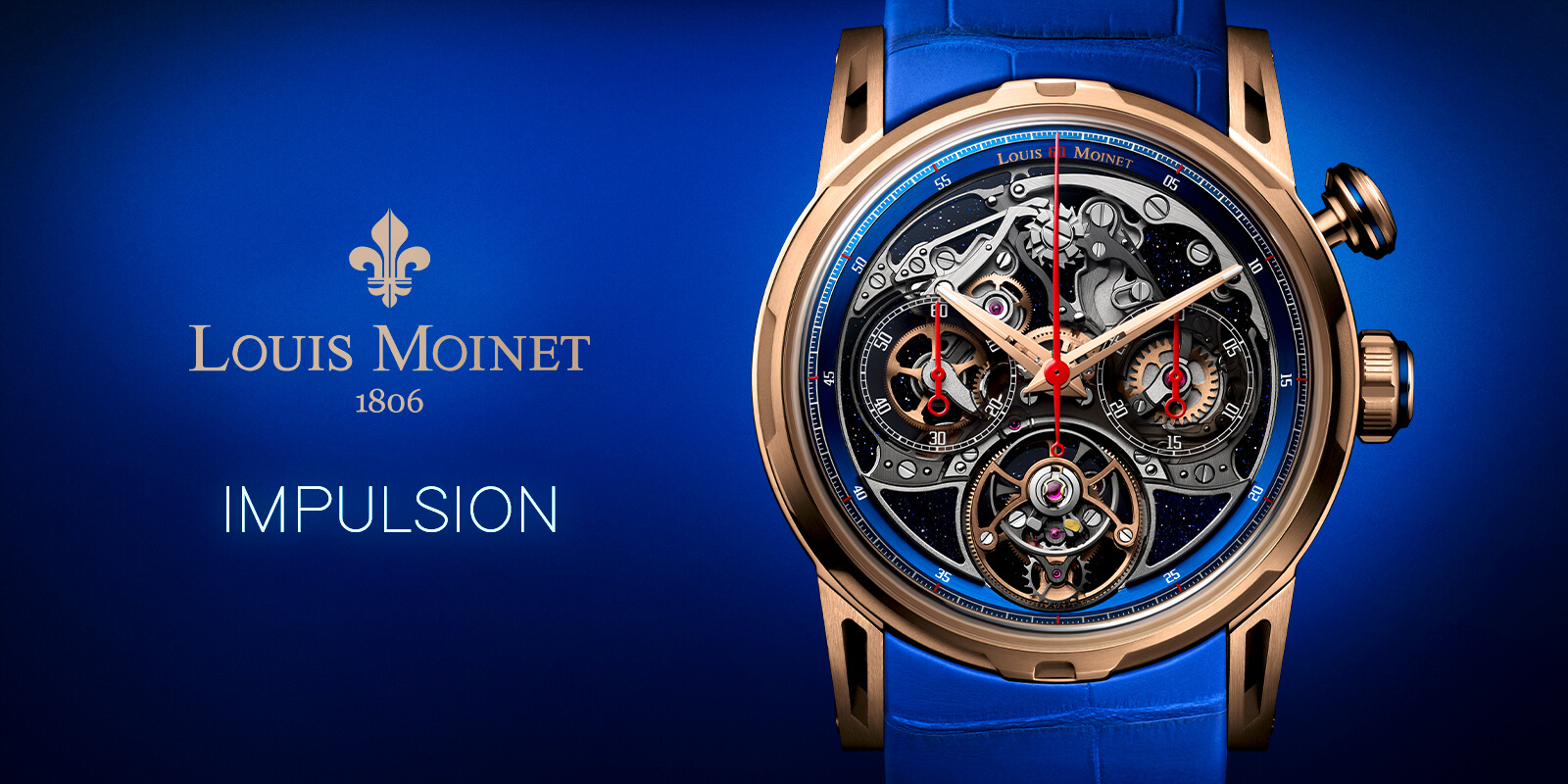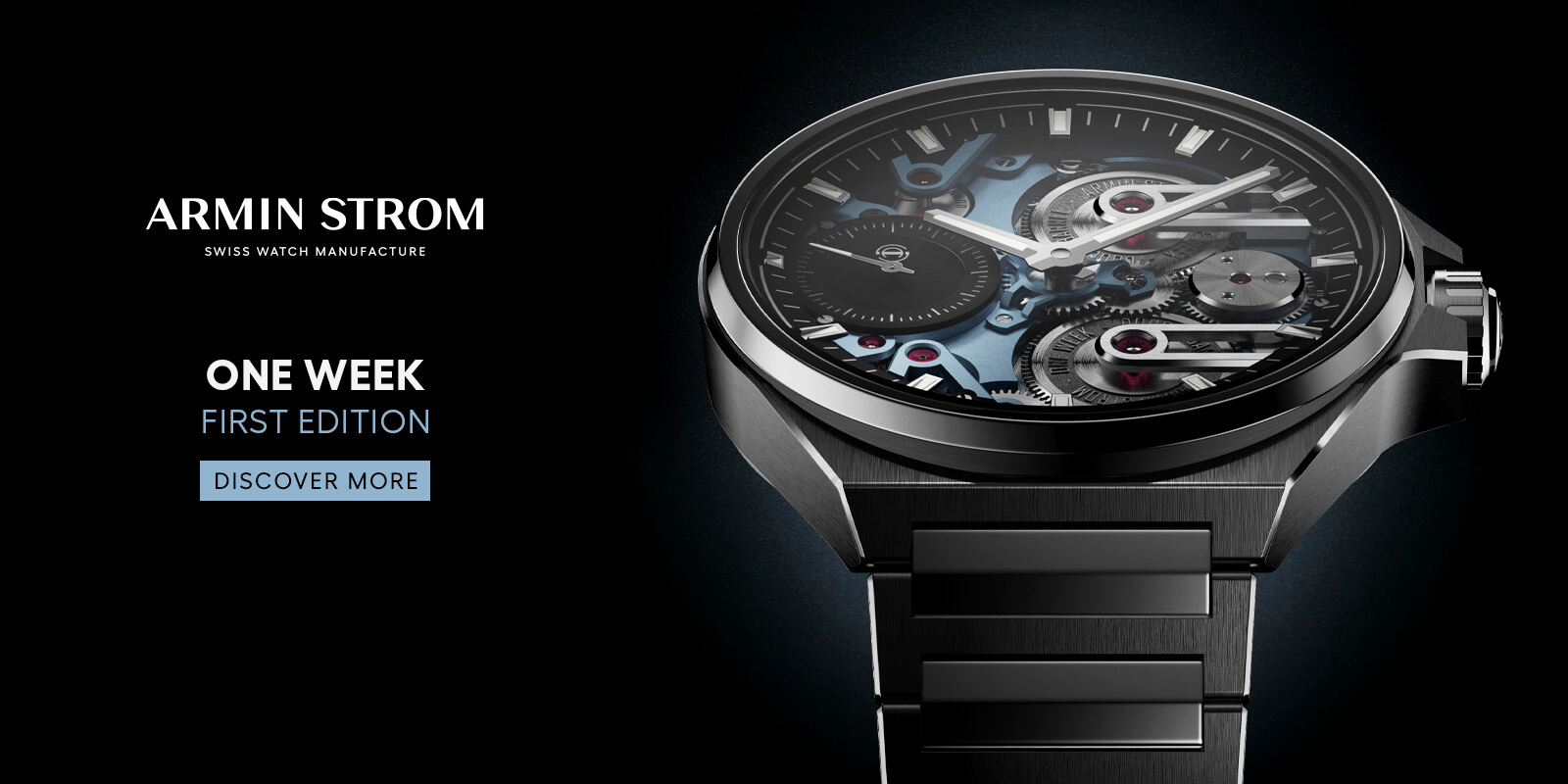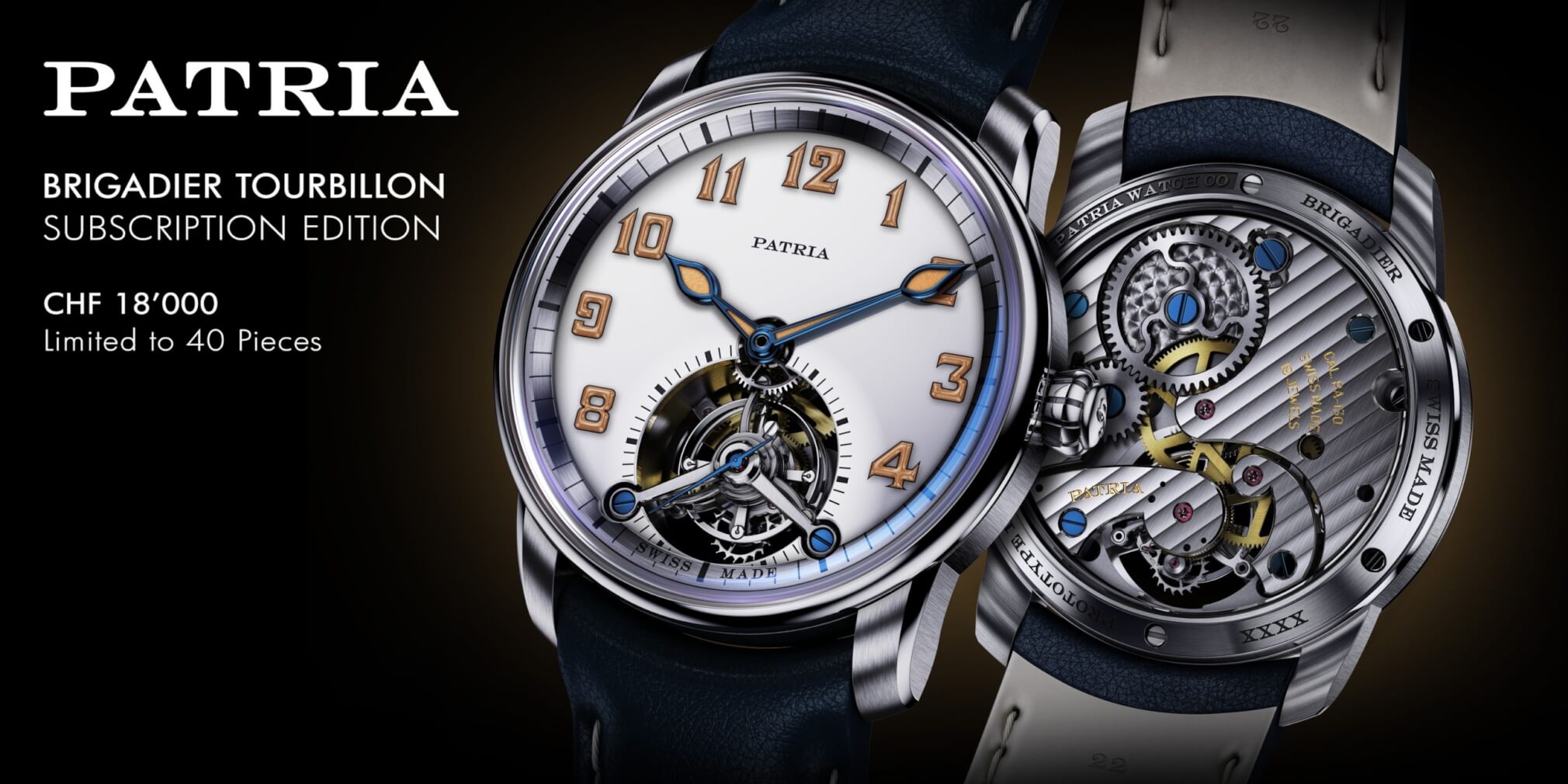Tim Mosso Builds a Custom Road Bike Part III: The Parts
by Tim Mosso
Modern road bikes weight between 7 and 9 kilograms (16-20 pounds.) Fitting the bike, which I explored in the first installment of this series, is a weightless endeavor. Building the frame, which can include the fork, adds 2-3 kilograms (4-6 pounds.)
That means that up to eighty percent of the physical bicycle is the sum of its components.
On a full custom bike build, researching and sourcing each part can be an adventure unto itself.

All of the parts for Tim Mosso’s new custom road bike
Among super-bike components, super wheels reign supreme.
Honestly, riders will fantasize about wheels alone. They’re a huge factor in the custom bike experience. Tour de France-level stock wheels are available off-the-shelf from several manufacturers. But I figure that if you’re going custom, take it to the limit. My wheelset is built on Italian Carbon-Ti X-Hub XP centerlock hubs with Sapim CX-Ray steel spokes and Enve SES 4.5 carbon rims.

Serious rolling stock
Not only does this wheelset register a feathery 1,360 grams, but I reap the aerodynamic benefit of 49mm/55mm F/R rim depth. My previous wheel set employed 32-spoke box section alloy tubular rims, so the combined weight and aero advantage of these new wheels is sufficient to be tangible on the road.

Climbing wheels
More importantly, these rims have 25mm internal widths. Combine that with 34mm Vittoria Corsa N.EXT tires, and the result is a measured 36.5mm tire that I can run at 35psi front and 37psi rear on a road bike. Those figures are close to the pressures I ran on my knobby tire 1990s mountain bike in high school.
Currently 65 kilograms (140 pounds), I had yet to meet a road bike that wouldn’t beat me senseless until I took delivery of this Seven on these wheels.
Tubeless running with Orange Seal improves compliance a bit and adds some self-healing security. Fair Wheel Bikes of Tucson did the build, and I must thank that shop’s Jason Woznick for both the wheels and assistance procuring most of my build kit.
————————————————————————————————————–
—————————————————————————————————–

Full THM Carbones cockpit bars
Speaking of the build kit, the cockpit of the bike happened by sheer luck. Germany’s THM Carbones hand-builds fantastic carbon fiber parts that seemingly nobody can buy. Waiting lists for its gear are measured in months or years. Its paucity of communication and long lead times drive occasional rumors that it’s defunct.
But I know that THM is still kicking because I called Fair Wheel the day a roughly bi-annual shipment arrived from Europe. I scored the hat-trick of a Tibia stem, Ulna handlebar, and Mandibula seat post; the next shipment was said to be months removed. Needless to say, I laid down my money then and there.

THM Bar and Stem
All three of the THM parts are responsibly light, stronger than anything that gossamer has a right to be, and beautifully made. The bar is agreeable to ride in its compact drops or on its ovalized tops, the stem helps to deaden some road buzz, and the seat post is unique. THM’s post has a leaf spring design that offers visible levels of compliance over rough surfaces.
While many brands claim their rigid posts’ carbon layup or slight bending deaden road blows somewhat, the 160-gram THM post actually moves in tangible fashion.

The THM stem for Tim Mosso’s custom bile
Even better, it does so without the 400-600-gram compromise of gravel-specific suspension seat posts.

The THM seat post for Tim Mosso’s custom bile
Saddles are highly personal items. The interface between your bottom and the bike is only a few feet removed from the road itself, and most cyclists are loathe to change what works. For me, what worked was a Fizik Antares, and it worked for twelve years. I wanted to cut mass everywhere I could, but a bare-shell weight weenie carbon saddle was a bridge too far.

Berk Ploh 143 saddle
After searching extensively, I found Berk Composites’ Ploh 143. Slovenian carbon specialists Berk built a saddle with actual padding, a compliant shell, and a shape similar to my long-running Fizik. Just like that, I found an unexpected match above the Balkans and dropped 70 grams from my saddle.
—————————————————————————————————–
—————————————————————————————————–
My previous bike featured a Shimano Dura-Ace Di2 electronic groupset, and I’ve been riding Shimano since I was old enough to own a bike with gears. My old group was the OG Di2 7970 from 2008; its array of cable-pull rim brakes, ten sprockets, analog-digital converter box, and mess of wires transformed it from cutting-edge to retro-grouch tech in a decade’s time.
Dura Ace R9200 was an easy choice.

Shimano Dura-Ace
At my bike’s January 2024 inception, SRAM’s second-generation RED AXS loomed on the horizon. I had concerns that the American component builder might launch a road group that was one or both of thirteen speed and natively 1x. Both setups exist in the world of gravel riding gear, and the road equipment market appears to be moving in that direction.
Eliminating the front derailleur yields major improvements in weight, reliability, and maintenance requirements, but it only works for road bikes if paired with a massive gear range on the back end of the bike. A trusted shop hand who had previewed the new RED assured me that it would remain 2x and 12-speed in its next generation. SRAM was off the table.
I never seriously considered Campagnolo. Super Record wireless with a power meter costs thousands more than either RED or Dura-Ace, and it offers zero functional advantages over either. Super Record’s current generation adopts Shimano-style integrated shifting and SRAM-style gear ratios, which leaves open the question of what it does differently for its massive price premium.
With no performance, weight, durability, or innovation advantages over the other two premier road groups, Super Record wasn’t on my radar. Given Campagnolo’s absolute disappearance from factory/OEM bike road builds and near absence in the pro peloton, it appears I’m not alone in my assessment.
My specific performance decisions included 160/140 F/R disc brake diameters, a 50/34 compact crank, and an 11-34 cassette. Given serial knee injuries, I’m happy to spin a cadence and consign my pedal mashing days to the annals of history.
—————————————————————————————————–
—————————————————————————————————–

Picking custom bike components is fun
Despite choosing Dura-Ace, I had no intention of using Shimano’s crankset. The company’s reputation for cranks has been through the ringer lately.
First, there was the years-long running joke about DA’s meandering power meter output. When training with power, erratic results are unacceptable.
Second, and more gravely, Shimano’s mass recall of top-level cranksets only proceeded after thousands of documented failures – and injuries – spanning a decade. This is the kind of betrayal that destroys hard-earned reputations, and Shimano should have known better.
My old bike used a DA7900 series chain set with customized 7800 series crankarms on an SRM wireless power meter. Reliability and durability inspired me to contact SRM for a follow up, and I requested the lightest “Origin Carbon” with THM-manufactured crankarms. SRM told me to expect a year’s wait. OK, new plan…
…Tim Brummer of Lightning Cycle Dynamics – the third Tim in this tale – had the solution. Despite primarily building recumbent bikes, the former aerospace engineer out of Lompac, California also manufactures ultra-light carbon crankarms.

Lightning cycle dynamics website – web 1.0
Although I owned a Lightning/Quarq power meter over a decade ago, I didn’t realize Tim was still building power cranks until I randomly found the option buried deep in his extremely Web 1.0 website.
But it works!

Clunky, but the Lightning cycle dynamics website works!
A phone call later, and I had secured an American-made boutique carbon crankset with a German Power2Max NG SL power meter and Shimano’s own Dura-Ace series chainrings. At 545 grams, it was fully competitive with the $1,500 more expensive and 12-month removed SRM path-not-taken.

Lightning/P2M/DA crankset weighs just 545 grams
For reference, Shimano’s current Dura-Ace power meter crank weighs around 750 grams; I kept the DA chainrings for optimal shift quality and wound up undercutting a power-equipped 2024 SRAM RED AXS group by over a quarter pound.
—————————————————————————————————–
—————————————————————————————————–
Tim added a Wheels Manufacturing T47 bottom bracket with ceramic bearings to match the Seven 622 XX’s BB shell. When ordered with internal brake hose routing and internal wiring for electronics, the 622 receives a mandatory 47mm threaded bottom bracket for internal clearance; it has all the security and anti-creaking properties of any threaded BB. 228-gram Speedplay Zero stainless steel pedals round out the powerhouse of the bike.
A Garmin Edge 530 bike computer completed my – surprisingly vast – electronics suite. This bike rolls with five onboard batteries – six if you count the phone. My bike requires three separate apps for configuring and customizing the operation of a road computer, shifting system, and power meter. I can check the batteries of my power meter and transmission with my phone.

Too much information?
The Garmin can convey real-time text messages and incoming phone numbers from my iPhone. My Shimano integrated shifters have buttons that I wirelessly linked to shuffle the Garmin’s data displays. It’s a brave new world.
Finishing kit for the bike started with Lizard Skins DSP 2.5mm thick bar tape in “Hyper Green.” This tape is super light, cushy, includes bar plugs, and matches the color scheme. An out-front Garmin mount built specifically for the THM stem came from Carbonworks in Germany, and it weighs only 12 grams.
Two no-name carbon fiber water bottle cages from Fair Wheel Bikes have proved to be shockingly secure considering they have a mass of eight grams apiece.
Bottle cages include aluminum bolts anodized green to match the bike. Finally, an Italian Carbon-Ti X-Clamp seatpost binder in acid green is the $40 part that keeps $1,000 of seatpost and saddle from going bust.

Seat post collar
I can imagine that most readers familiar with bike gear are dying to know what all this cost and what it weighs. When combined, the fit, frame, parts, and assembly worked out to around $25,000. I didn’t keep exact receipts because frankly, I don’t want to know the true total.
The 25 grand includes a second set of dedicated climbing wheels built on Tactic TR01 hubs with CX-Ray spokes, Sapim alloy nipples, and Enve SES 2.3 rims; they weigh 1,020 grams.
I’m still waiting for a set of lightweight KCNC lockrings for the Galfer Wave centerlock brake rotors. Once these Tactic/Enves are whole, I’m going to weigh the bike as assembled with its climbing wheels.

The full component spec sheet for Tim Mosso’s custom bike build
Revisit this space for an update in the near future.
The fourth and final installment of this epic will address the acid test of a new bike: the ride!
You might also enjoy:
Tim Mosso Builds a Custom Road Bike Part 2: The Frame
Tim Mosso visits the New York International Auto Show 2024 (Before it Fades Away): It’s a High-Low-and-No Octane Photofest (Part 1)
Leave a Reply
Want to join the discussion?Feel free to contribute!






It’s Campagnolo or nothing (not biased, lol)! Enve wheels are really nice; they look wicked! I’d lean towards sew up’s over tubeless. I don’t like the upkeep with tubeless. I went back to clinchers on my two-way fit Campy wheels.